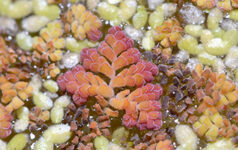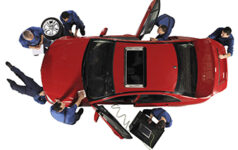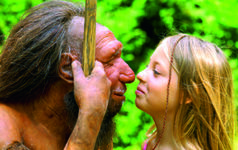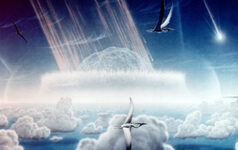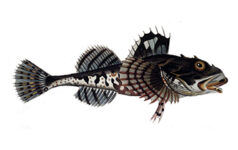Smell like Julius Caesar: recreating ancient perfumes in the laboratory
Even everyday scents have the power to take us back in time, awakening half-forgotten memories. With Gianluca Farusi’s help, you can take your students 2000 years into the past, recreating and testing Julius Caesar’s perfume.













